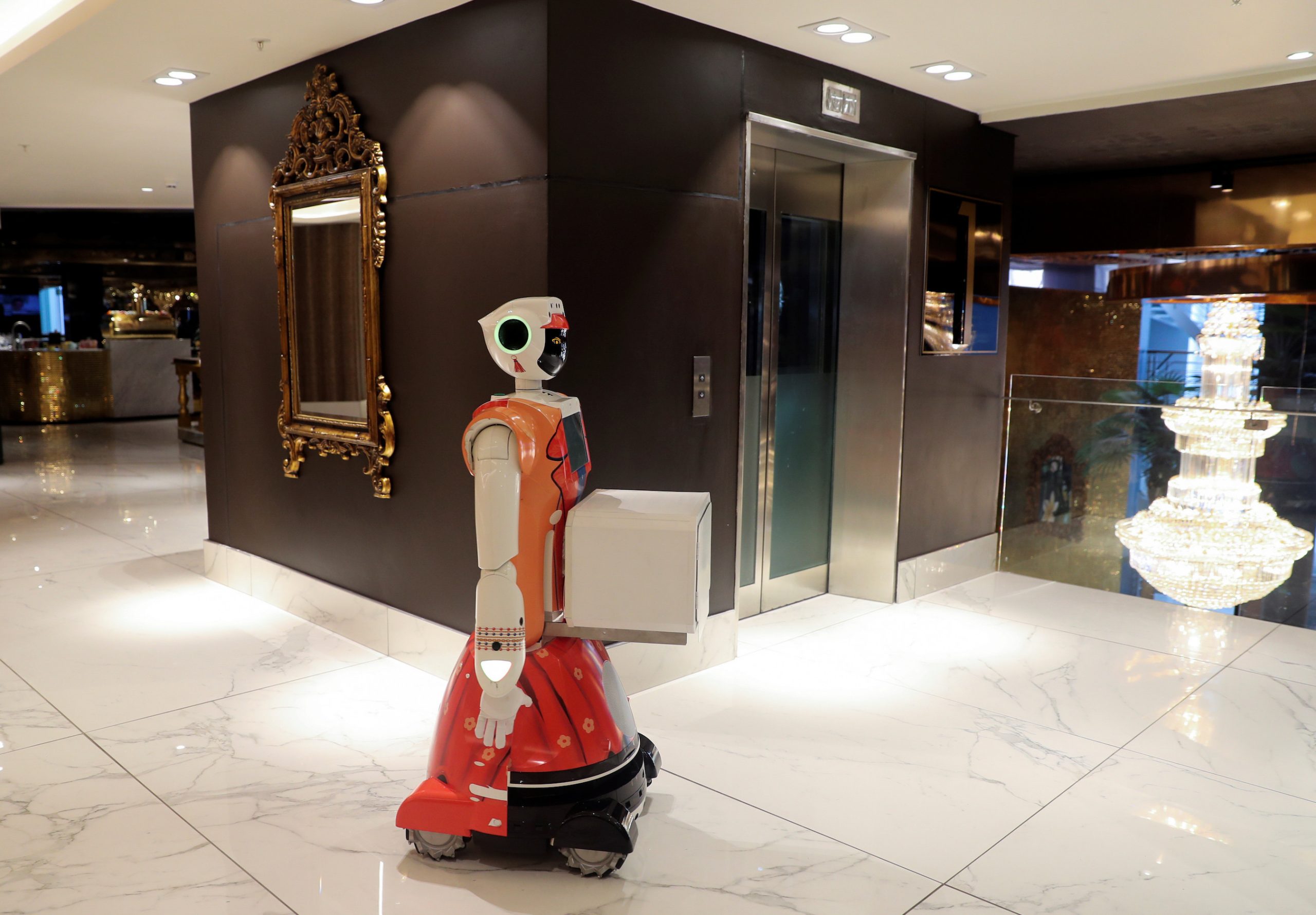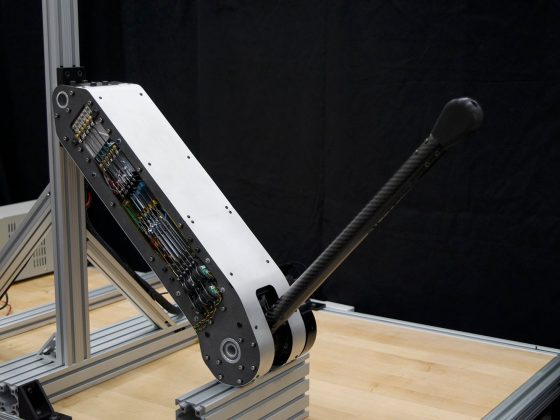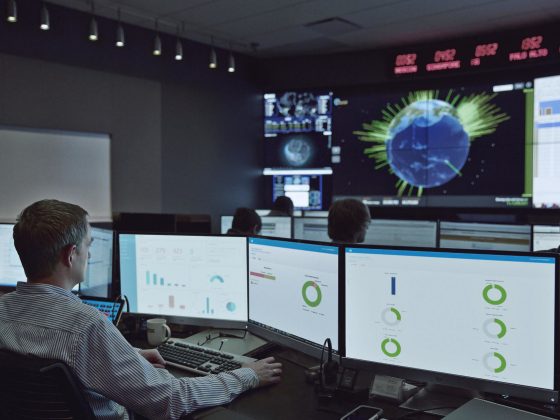- Contrary to popular fears about job losses, the World Economic Forum predicts that automation will result in a net increase of 58 million jobs.
- About two-thirds of the jobs transformed by automation will become higher-skilled, while the other third will be lower-skilled.
- We can learn from other historical transformations in the 1900s, including the mechanization of farming, when people switched to industry work.
- Although the nature of these jobs is uncertain, it’s essential our future workforce is appropriately educated, writes Amar Hanspal, CEO of Bright Machines.
The fear that machines will render large swaths of people unemployed is vastly overblown. By taking over the drudgery of repetitive tasks and the danger of more perilous ones, automation will free up humans to do more challenging work—interfacing with customers, developing better products, and yes, managing those robots themselves.
Far from eliminating them, most experts believe that automation is actually going to create massive numbers of jobs. The World Economic Forum predicts automation will result in a net increase of 58 million jobs. ARK Investment Management predicts automation will add five percent, or $1.2 trillion, to U.S. GDP in the next five years.
From our partners:
That’s not just fancy forecasting. We’ve seen this same dynamic at work before. Spreadsheets and bookkeeping software, for example, have dramatically changed the work done by accountants. But they haven’t put accountants out of work. Just the opposite has happened: the field has grown dramatically. In 1979, there were about 299,000 people working as accountants, bookkeepers, or auditors. Intuit launched its financial software in 1983; Microsoft Excel debuted in 1985.
That means anyone can do their own financial statements and their own taxes, right? Of course not! In 1989, just a few years after the introduction of Excel, accounting was one of the fastest-growing industries in the country, with 524,000 people employed. The field had grown 75 percent in ten years. And it’s still growing. There are now about 1.28 million accountants, bookkeepers, and auditors, and that number is expected to keep growing through 2029, by about 4 percent a year.
Maybe it seems obvious to you that software couldn’t replace accountants. But how about ATM machines? Just the acronym – automatic teller machine – is a little concerning. If you have an ATM, you’d think that you clearly don’t need a teller. It turns out that’s not true. In 1970, there were about 250,000 bank tellers. The first automatic teller machine had been recently introduced. By 2019, there were about 400,000 ATMs installed in the U.S.—and the number of bank tellers had doubled.

What happened? Basically, both accountants and tellers started doing more complex work. Accountants started to spend less time number-crunching, and more time building client relationships, then walking those clients through more complicated problems.
When ATMs were introduced, the number of tellers per bank branch fell. The average urban bank branch had had 21 tellers, and with ATMs, that number fell to 13. But ATMs also made it cheaper to open a new bank branch, and the number of bank branches increased by about 40 percent. The net result was more bank tellers. And now, those bank tellers are less like cashiers. They work on behalf of the bank to help customers address financial issues. They talk to customers about loans and investments.
In both of these cases, the work that accountants and bank tellers are performing is higher-skilled than the work they were doing before. Sometimes something entirely different happens, and the new jobs rely on fundamentally different skills than the old ones, even though, superficially, they seem similar. The invention of the washing machine greatly cut down on the arduous task of scrubbing clothes by hand. Not only were factory jobs created to make the washing machines, but laundromats became a new convenience, and they created jobs, too. Running a successful laundromat requires someone to be able to run a small business. Using the washing machines properly is only the tiniest part of the job.
When some of the rote elements of a job are eliminated, the higher-skilled parts of the job become more important. With automation, there will be a large net increase in jobs, and about two-thirds of the jobs transformed by automation will become higher-skilled. The other third becomes lower-skilled.
That makes it imperative that we prepare people for higher-skilled jobs. We may also need to prepare people for lower-skilled jobs. Because the overall number of jobs is expected to grow so dramatically, the lower-skilled jobs could very well go to people who are currently unemployed and could be an important first step to getting them back into the workforce.
Retraining on this scale might sound like a tall order, but we’ve done it before. In the 1900s, as farming became more mechanized, we had to prepare people who would have been working on farms to work in industry instead. This was arguably a much larger challenge than we face today. Yet we met it, with the radical introduction of mandatory high school in agricultural states. Now, we need to prepare tomorrow’s workforce in a similarly bold way.
We also need to respect our imaginations, and those of the next generation, rather than selling them short. We don’t know what jobs are going to be created next, partly because we don’t even know what technologies and conditions are going to be used to create them. Occupations such as app development didn’t exist a generation ago, nor did eBay sellers. Let’s make sure we have a well-educated workforce, and then let’s get out of their—and our—way.
This article is republished from World Economic Forum.
For enquiries, product placements, sponsorships, and collaborations, connect with us at [email protected]. We'd love to hear from you!
Our humans need coffee too! Your support is highly appreciated, thank you!








